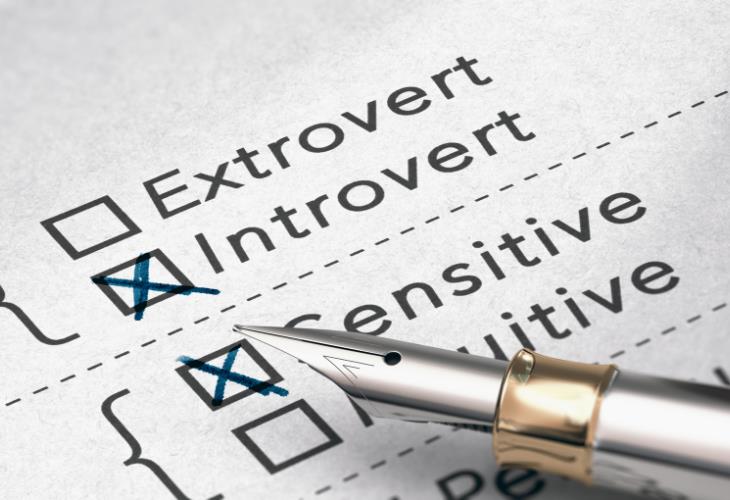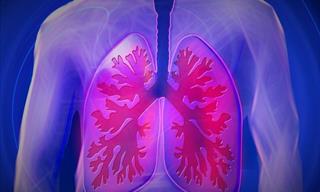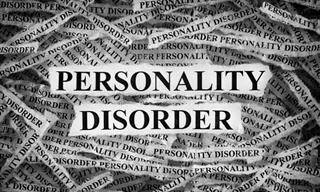
Before diving into the discussion, let’s define the terms we’ll use.
Personality
The Mayo Clinic defines personality as “the combination of thoughts, emotions, and behaviors that makes you unique. It’s the way you view, understand, and relate to the outside world, as well as how you see yourself “. Many experts agree that personality forms during childhood and are set no later than age 13.
There are many schools of thought regarding what defines our personality, but one of the most widely agreed-upon theories states that personality is shaped through a combination of genes and environment. We may inherit our traits and our temperament, but we also may acquire learned behaviors through the environment in which we grew up. The same two things that shape our personality may also cause personality disorders. More on that later.
 Personality disorders
Personality disorders
For the purposes of our discussion, personality disorders are a collection of mental disorders characterized by unhealthy thinking patterns, behaviors, and perceptions about people and situations. A personality disorder interferes with and limits all kinds of relationships and functioning in all or most areas of life. Personality disorders usually begin in the teenage years or early adulthood.Personality disorders are classified into three groups:
In group A are social-related disorders. People diagnosed with disorders in this group may seem odd or eccentric. Paranoid personality disorder and schizoid personality disorder are classified under Group A.
In group, B are emotion-related disorders. People diagnosed with disorders in this group may find it hard to control their emotions. Antisocial personality disorder, borderline personality disorder, and narcissistic personality disorder are classified under Group B.
In group, C are anxiety-related disorders. People diagnosed with disorders in this group may experience strong feelings of fear, anxiety, and hopelessness that keep them from a full filing life. Dependent personality disorder, avoidant personality disorder, and obsessive-compulsive personality disorder are classified under Group C.
How does a doctor identify it?

A psychiatrist will be the one to diagnose a personality disorder. In certain cases, they may need more than one session to reach a precise assessment; diagnoses can sometimes be challenging due to an overlap with other disorders or excessive use of alcohol or drugs.
The psychiatrist uses guidelines as a diagnostic tool. The main two guidelines are the international classification of diseases by the WHO and the diagnostic and statistical manual by the American Psychiatric Association (APA).
When making a diagnosis, the psychiatrist must take into consideration the symptoms and behaviors described by the patient. They will usually ask about feelings and emotions, as well as a family history of personality disorders.
Some find the official diagnosis to be a relief and a reasonable explanation for past questionable behaviors, and others may find their diagnoses to be a burden and a stigma. If a patient is unhappy with their diagnosis, they may seek a second opinion.
The limit of sanity
 Emil Kraepelin, the father of modern psychiatric diagnostic conceptualization, said that “a single symptom, however characteristic it may be, never justifies a diagnosis by itself.“
Emil Kraepelin, the father of modern psychiatric diagnostic conceptualization, said that “a single symptom, however characteristic it may be, never justifies a diagnosis by itself.“So where is the limit drawn? In other words, what does it take to officially declare that a person is not well and in need of help?
1. History
The pathological traits must be consistent and long-standing to rule out the possibility that what may seem like clinical symptoms are just a temporary crisis in one’s life, soon to be resolved.
2. Globalism
The pathological traits must interfere with every aspect of the person‘s life. They must affect all or most of the person’s relationships. For example, a person may demonstrate narcissistic behavior at work to compensate for the feeling of being underappreciated. The same person may be kind and generous in the rest of the relationship in their life: their family, their friendship, and their community.
3. Inflexibility
The person diagnosed must demonstrate a significant difficulty or lack of possibility to learn from their past mistakes; they keep repeating the same hurtful patterns that prevent them from satisfying relationships and experiences.
Causes
 The mind is the most alluring field of health and medicine. Unsurprisingly, there still isn’t a consensus about what causes personality disorders. However, most experts agree that the same things that make up our personality are also the ones that bring about personality disorders. As mentioned before, these are biological factors and our environment.
The mind is the most alluring field of health and medicine. Unsurprisingly, there still isn’t a consensus about what causes personality disorders. However, most experts agree that the same things that make up our personality are also the ones that bring about personality disorders. As mentioned before, these are biological factors and our environment.Regarding biological factors, your genes may make you vulnerable to developing a personality disorder if it’s in the family history. A life situation, such as acute stress or the use of psychedelics, may trigger the development of a personality disorder.
In terms of environment, childhood trauma (such as neglect or abuse) may increase the chances of developing a personality disorder. That is not to say that any person who had experienced trauma in their childhood will develop personality orders, but they’re more likely to.
 Go to BabaMail
Go to BabaMail





























